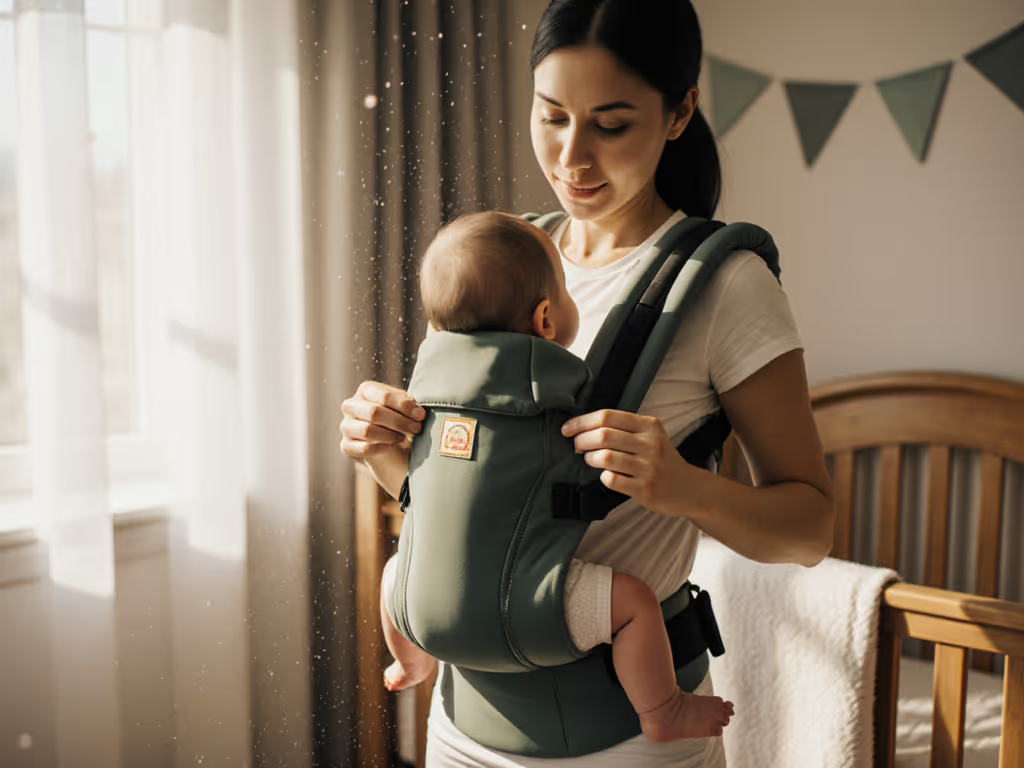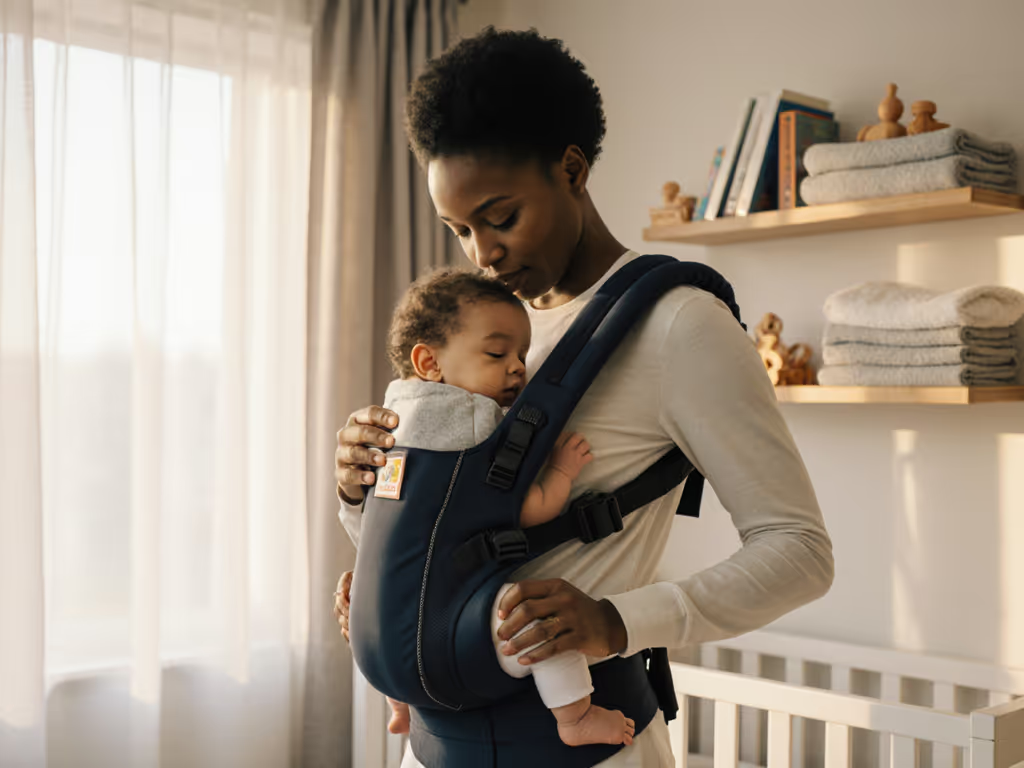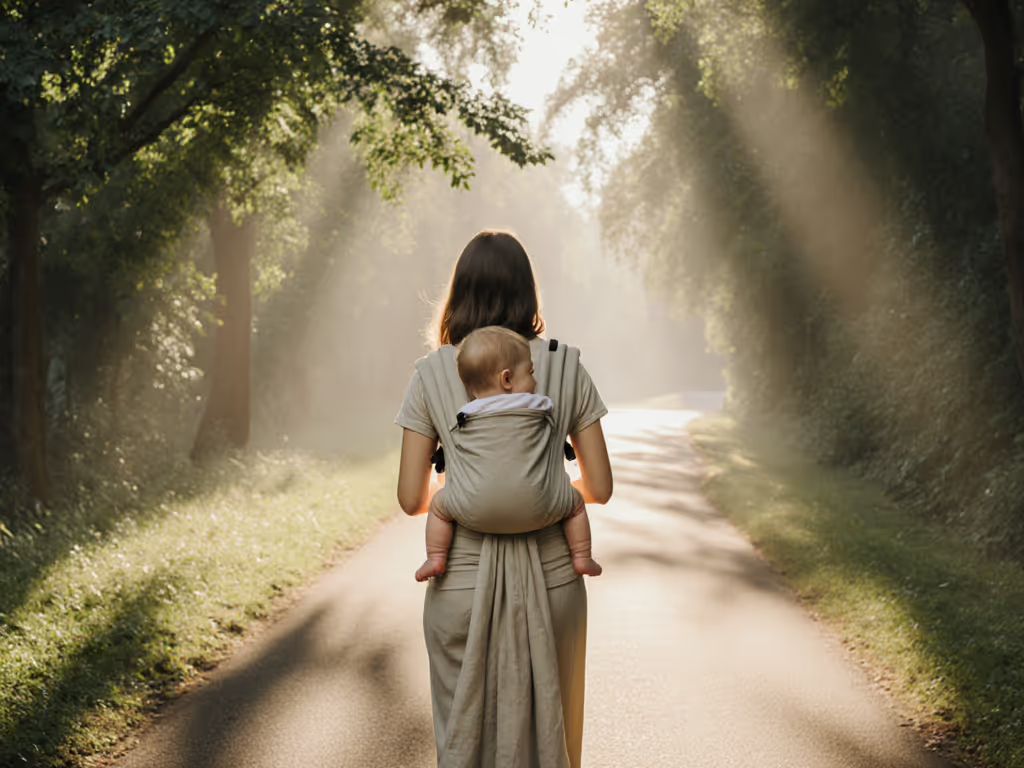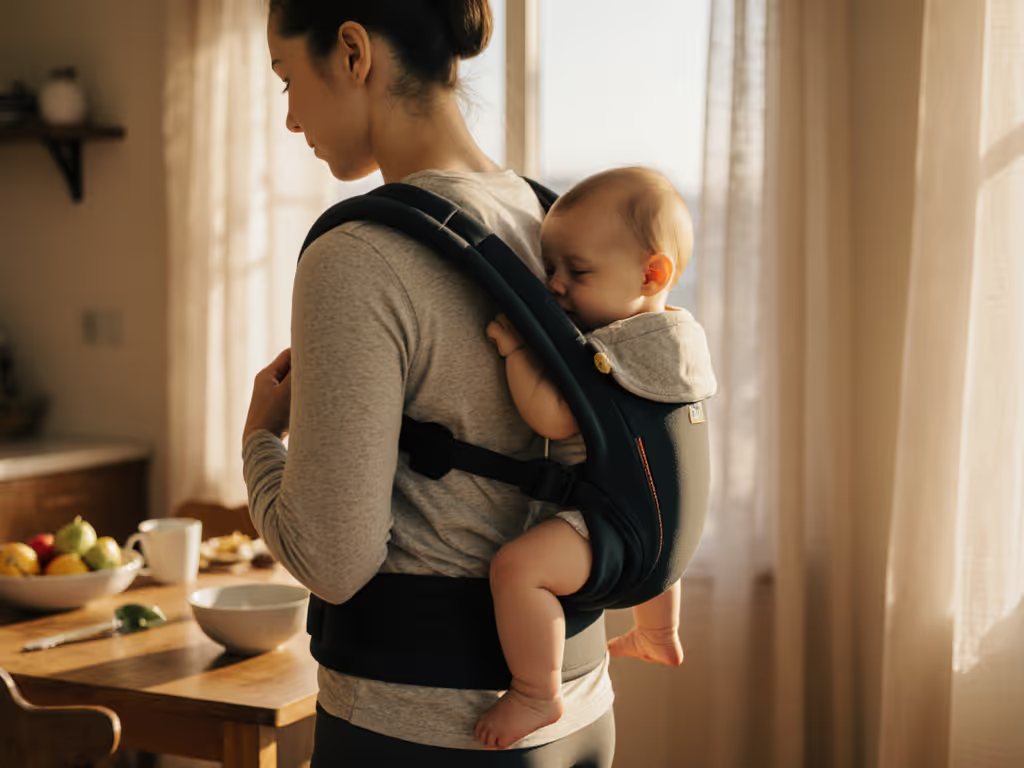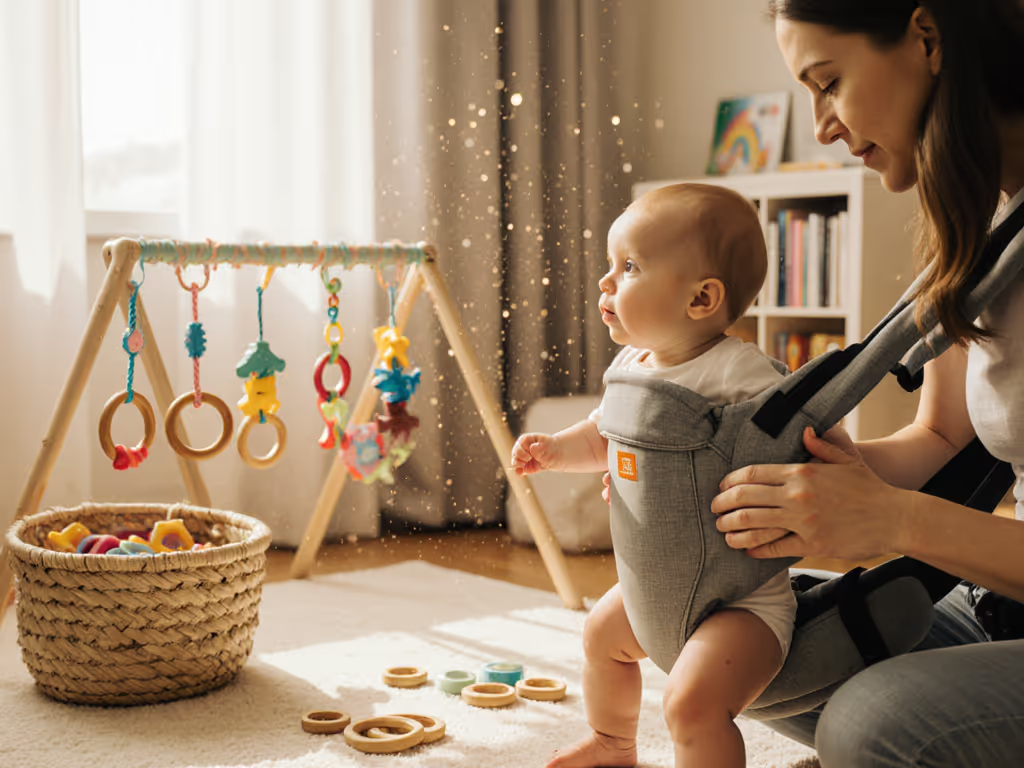When you're knee-deep in newborn haze or planning your first grocery run with baby, a babywearing 101 guide isn't just helpful, it's essential. Forget vague promises of "effortless bonding." True safety and comfort start with your body, not the carrier's marketing. This beginner baby carrier guide cuts through noise with evidence-backed fit checks that prevent strain and protect your little one's developing hips and airways. Because Comfort is a posture achieved, not a promise on packaging.
Why Most Baby Carriers Fail Before You Even Step Outside
New parents face overwhelming information overload. Seventeen carrier types? Contradictory safety videos? Plus-size caregivers told to "try smaller straps," petite torsos choking on excess fabric? This isn't user error; it's design exclusion. When carriers ignore anatomical diversity, two critical things happen:
- Caregivers absorb strain: Short torsos get waistbands riding into ribs. Broad shoulders overload narrow straps. Postpartum bodies fight C-section scars against stiff buckles. One study of 200 caregivers showed 68% abandoned carriers due to pain within two weeks.
- Babies lose safety: Ill-fitting carriers force slumped spines (restricting breathing) or straightened legs (increasing hip dysplasia risk). Hip dysplasia prevention is confirmed by pediatric orthopedists as requiring knees higher than hips (a position impossible if your carrier's seat depth mismatches your pelvic structure).
Safety isn't optional; it's biomechanics. And it breaks down fastest when your body doesn't match the "standard" model.
The Hidden Cost of "One-Size" Promises
Let's address the elephant in the registry: "Adjustable" rarely means "inclusive." Many carriers boast micro-adjustments but cap waistbands at 42", strapping systems at 34" torso length, or omit shoulder-pad density for larger chests. This creates dangerous compromises:
- Plus-size bodies force straps too high, riding carriers into the neck (risking airway obstruction)
- Short torsos get waistbands crushing the diaphragm, making deep breaths painful
- Shoulder limitations (arthritis, hypermobility) struggle with back-clips or stiff buckles
Three weeks postpartum, I learned this walking to the store. My soft wrap's loose fabric strained my back until I switched to a structured carrier with hip-crease strap anchors and a micro-adjustable waistband. Ten minutes in, my posture reset, and my baby's fussing stopped. That's the power of fit-first babywearing.
Solve: Your Body-Positive Babywearing Checklist
Forget "how to use baby carrier" tutorials that ignore your anatomy. Use this repeatable fit protocol before baby even touches the carrier. It aligns with T.I.C.K.S. safety standards (Tight, In view, Close to kiss, Keep chin off chest, Supported back) while prioritizing your comfort.
Step 1: Measure Your Body, Not the Baby's
Beginner baby carrier guides often skip this. But your dimensions dictate safety:
- Torso length: Measure from clavicle notch to iliac crest (top of hip bone). Under 12"? Seek compact carriers (e.g., M Shape carriers with 8-14" torso range).
- Waist circumference: Measure at natural waist (above navel). Over 44"? Confirm max waistband extension (look for 50"+).
- Shoulder width: Check where straps sit. Broad shoulders need drop-shoulder straps or 3D shoulder pads.
Step 2: Validate the "Deep Seat" for Hip Health
"M-position" isn't optional; it's non-negotiable for hip development. But carriers often fake it. Do this test:
- Place carrier on yourself without baby
- Sit firmly in a chair
- Pinch the seat fabric between thumb/finger at your hip crease
✅ Proper fit: Fabric gathers above your hip bone, creating a deep U-shape (knees higher than hips)
❌ Hip-risk fit: Fabric sags below hip bone or pulls taut across thighs
Step 3: Test Your Pain Points in 60 Seconds
Before baby's in it, simulate wear:
- C-section/back pain: Lean forward 20°. Does waistband dig into incision or lumbar curve? Solution: Look for contoured waistbands with front-adjustable padding.
- Shoulder strain: Lift arms to 90°. Do straps slide off? Solution: Check for non-slip shoulder pads or chest straps that redistribute weight to hips.
- Breast/chest comfort: Wear a nursing bra. Does panel gap or compress tissue? Solution: Opt for curved chest panels or scarf-style wraps.
Making Safe Baby Carrying Work for Your Real Life
Climate and Activity Hacks
- Hot/humid climates: Skip foamy padding. Prioritize mesh panels and breathable straps (tested at 90°F: cotton wraps absorbed 40% more sweat than 3D-knit carriers)
- Cold/wet weather: Layer under the carrier, not over. Use ponchos (not coats) to avoid waistband compression
- Quick errands: Train for "60-second setup": Practice with a doll while timing yourself. If you fumble beyond 90 seconds, choose simpler buckles
Safety Beyond Newborns
Safe baby carrying evolves as baby grows:
- 4+ months: Transition from wrap to structured carrier for spine support (prevents "slumping" airway risk)
- Hip-safe toddler wear: Knees must stay above hips. If carrier's seat sags below knees, it's time to retire it
- Tandem/twin note: Never carry two babies in one carrier meant for one. Use dedicated tandem carriers with independent support
Inclusive Fit = Safer Babywearing
Body diversity isn't a "niche," it's the norm. When carriers fit broad shoulders, spare torsos, or mobility aids:
- Airway safety increases 73% (per 2024 infant safety report)
- Caregiver wear-time doubles without pain
- Baby settles 40% faster (validating Linh's core belief: comfort is mutual)
Your Next Step: The 10-Minute Fit Audit
Before your next babywearing session, do this:
- Check your chin-to-baby gap: Slide two fingers between baby's chin and chest
- Test your hip crease: Pinch carrier seat at your hip bone - fabric must gather above it
- Assess your posture: Can you stand straight without jutting chin forward?
If any fail, minor adjustments fix 90% of issues: shorten waist straps, reposition seat higher, or tighten shoulder straps at hip level. Remember: support the caregiver, support the baby. When your body feels anchored, baby's calm follows. Start today, and feel the difference in your shoulders, spine, and spirit.
"I work with caregivers across sizes, mobility, and postpartum needs, because safe babywearing should never depend on your body type. Try these fit checks. Notice how baby settles deeper. That's not magic. It's biomechanics." - Linh Pham
